Your Ultimate Guide To Beating The Green Hell-Part 1
It is time to channel your inner Timo Bernhardt and take on the Karussell this fall with my ultimate Nurburgring ripping guide.
Published October 30, 2024

Table of Contents
- Bridge
- Tiergarten
- Hohenrain
- T13
- Hatzenbach
- Hocheneichen
So you found yourself at a certain track that sounds like a monster from the folk tales and hasn’t got a clue as to how to slay it. Don’t worry the Green Hell is brutal and unforgiving but just like any other track in the world, all it takes is a bit of practice to crack that mythical 8-minute barrier.
I have divided this guide into two parts as covering it all in one article would have been too much to take in at once, this part 1 covers my ride from the Bridge through Wehrseifen. Apologies in advance for the crappy stills, my Go Pro betrayed me for some reason.
But before jumping into the next “Touristenfahrten” and snappin away at that PDK, here are some essential good-to-knows from a former professional racer I hired for my rented 2008 Carrera.
- The Green Hell is an arrive-and-drive type of deal on public racing days called “Touristenfahrten”, which at first sounds like something you would do in public after eating a large helping of Currywurst, but it actually means "tourist rides" in English
- A single lap of the Nurburgring will cost you around 30 to 50 Euros
- You would need a valid German-issued driving license(if you are driving) and cars that conform to general public regulations.
- You can only overtake on the left with consent
- Exhaust jobs exceeding 130 db will be banned
- Putting in a few laps at sim is a widely accepted practice even for co-passengers to enjoy the lap to its fullest extent.
- The rapid elevation changes made me a bit sick, so might want to carry some puke bags, if it's your first time.
- If you do crash, YOU will have to pay for the towing and the damaged barriers aside from saying “Entschuldigung” or sorry to every pissed-off driver that passes by your wreck
Also Read- Nurburgring vs. Other Iconic Race Tracks: What Makes It Unique?
Bridge
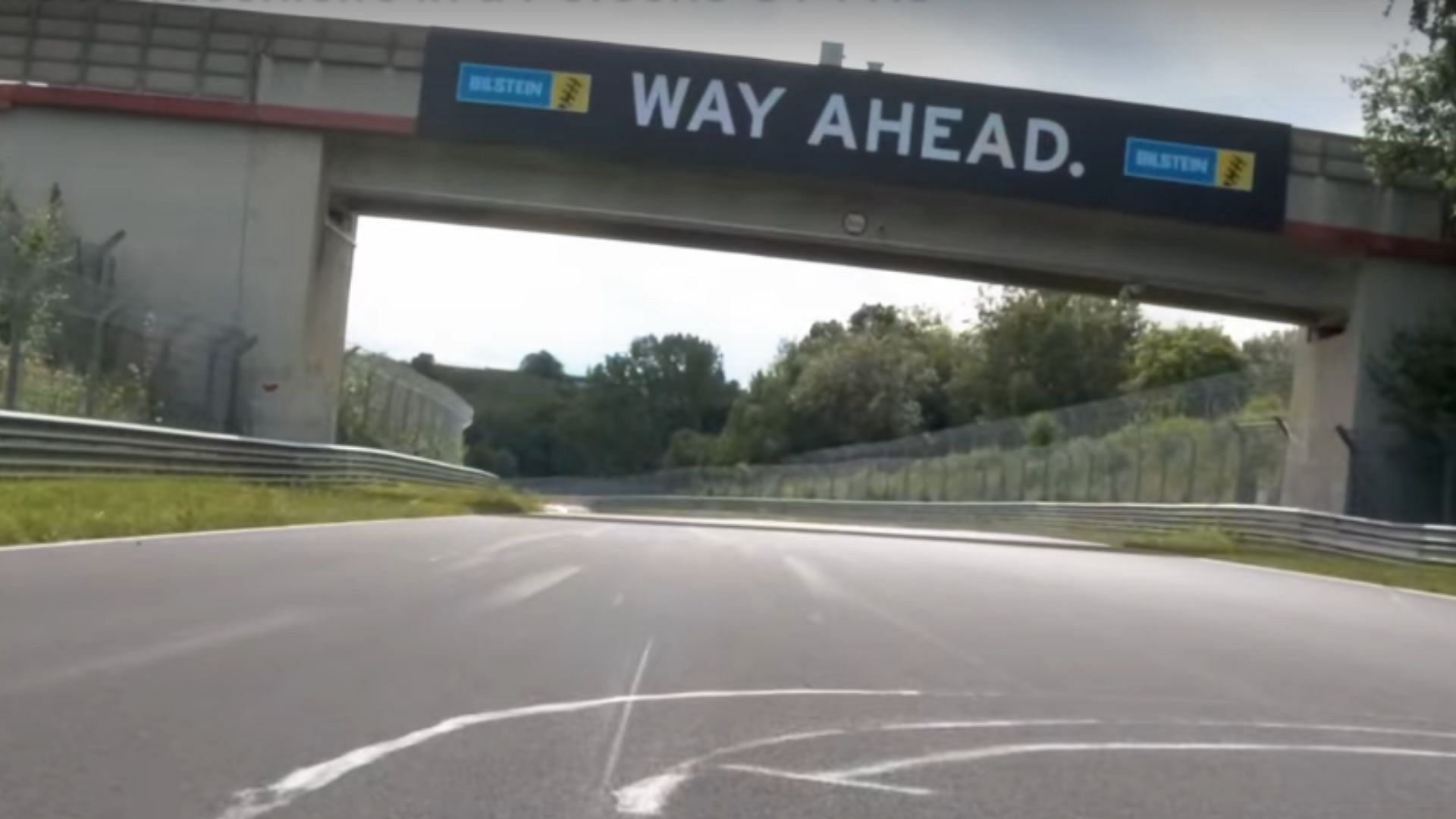
Approaching the Bridge, you're traveling at high speed, typically over 124 mph, as it marks the end of the straight leading from the start/finish line. The track slightly narrows here, requiring precision in positioning the car to maintain momentum. It sets up your approach to the fast Tiergarten sequence.
Tiergarten
This high-speed section has historically been a danger zone due to its fast approach. You’ll typically be braking from around 155 mph down to under 62 mph for the left-right chicane.
This section is where many famous accidents have occurred, including some during professional races, as drivers often push braking to the limit here.
Hohenrain
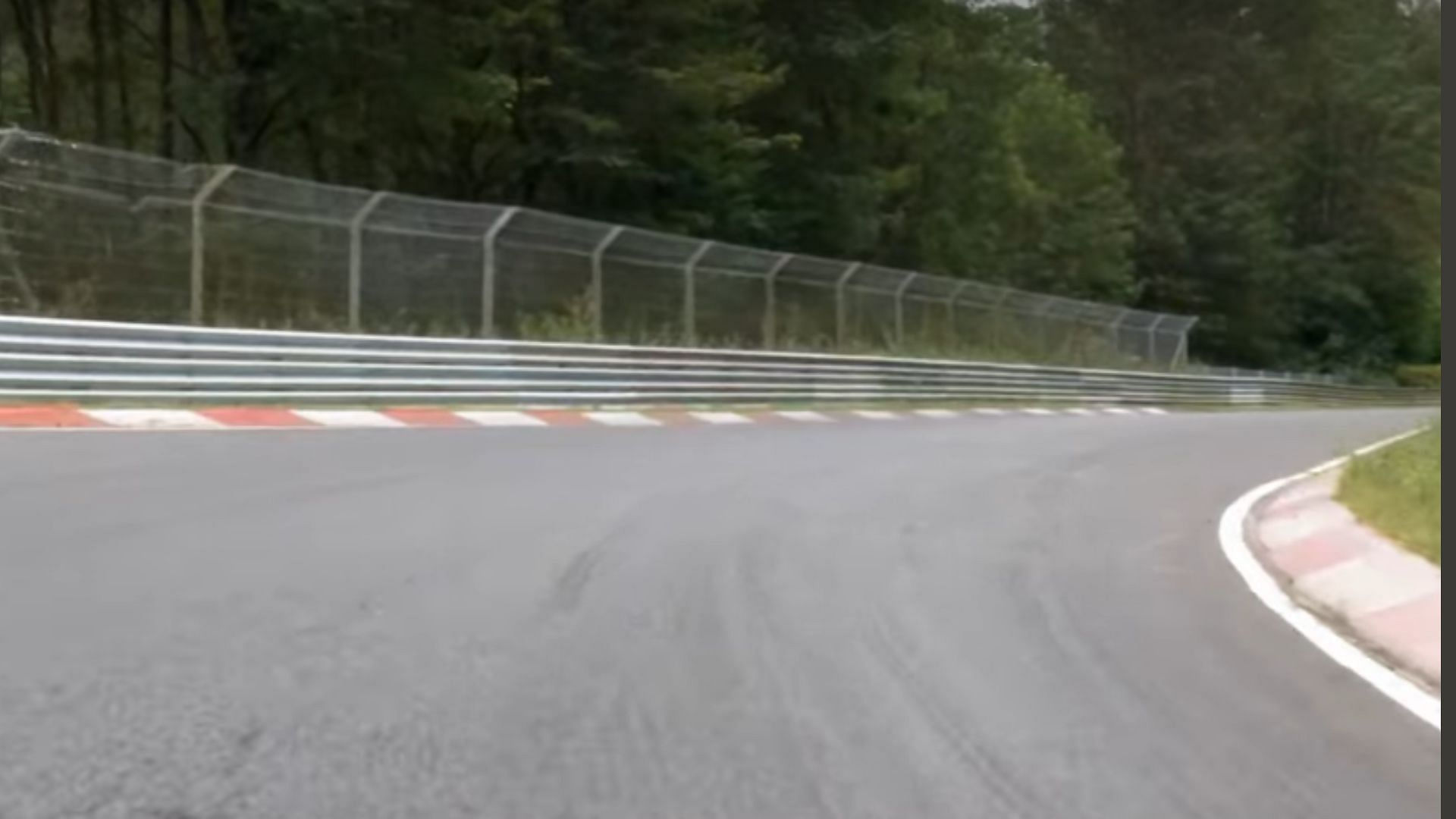
Hohenrain, just after Tiergarten, is a sharp braking zone that requires you to slow the car significantly from the high speeds you built up earlier. This area is technical, and because it leads into a sharp right-hand turn, missing the braking point can cost valuable seconds.
T13
T13 is named after the old grandstand section, where spectators have historically watched high-speed battles. Here, you’ll approach at speed before transitioning to a slower, more technical section. The corner is often deceptive, as drivers need to brake earlier than anticipated to handle the upcoming tighter bends.
Also Read- Check Out The Fastest Production Cars On The Nurburgring
Hatzenbach
Hatzenbach is the first real technical challenge of the Nordschleife. Its name is after the small stream that runs next to it. This section is made up of a series of fast left-right combinations with in-your-face curbs, waiting for you to slip up.
Cars typically enter at around 106 mph but need to carefully manage both throttle and steering to maintain flow. Hatzenbach is notorious for penalizing drivers who brake too late or misjudge the racing line, resulting in time loss.
Hocheneichen
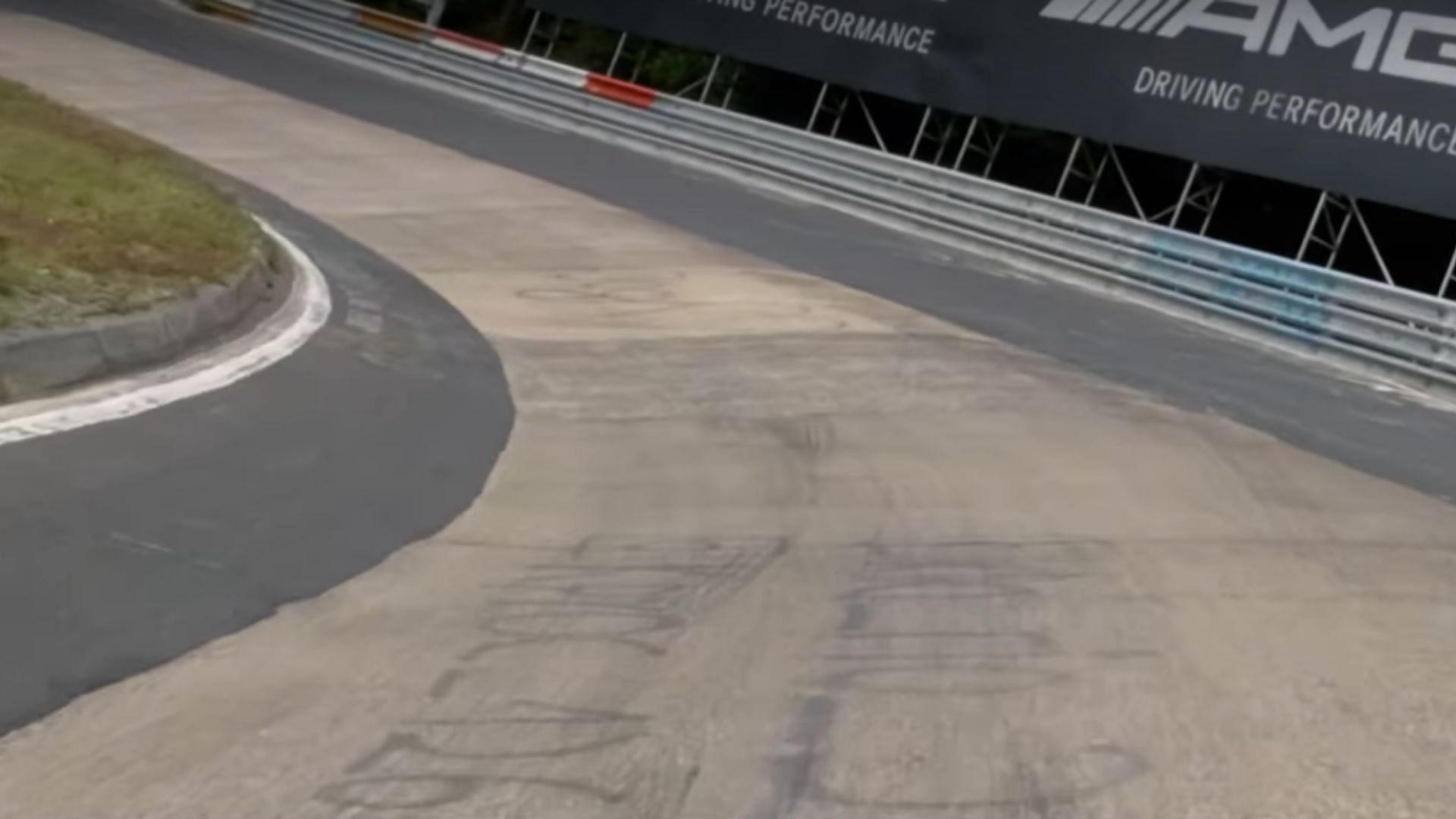
After the fast Hatzenbach section, you’ll brake hard for the sharp right-hand turn at Hocheneichen, named after the Oak forest that once stood here. This corner is a slow-speed technical challenge, often taken at around 56 mph. Getting a good exit here is crucial to maintaining speed up the hill that follows.
Quiddelbacher-Höhe
Quiddelbacher-Höhe is a small but fast section with a blind crest, making it one of the most daunting spots on the track. It's named after the nearby village called Quiddelbacher. As you approach the crest, the car can get light followed by an abrupt suspension compression.
This is why precise throttle control is necessary. Cars here typically hit 112 mph before the elevation change.
Also Read- These Super Rare Exotics Are Tuned For Green Hell
Flugplatz
Flugplatz, named after an old airfield, is a steep hill where cars often become airborne at high speeds (over 124 mph). The weightlessness created here requires expert car control as you land and immediately prepare for the fast left-hand turn. Drivers must balance their throttle here to prevent losing grip when the car becomes light.
Schwedenkreuz
One of the fastest and most dangerous corners on the track, Schwedenkreuz is taken flat out in many racing cars, with speeds reaching over 155 mph. Only top-tier cars like GT3 and AMG-ONE can handle this section without lifting the throttle.
Aremberg
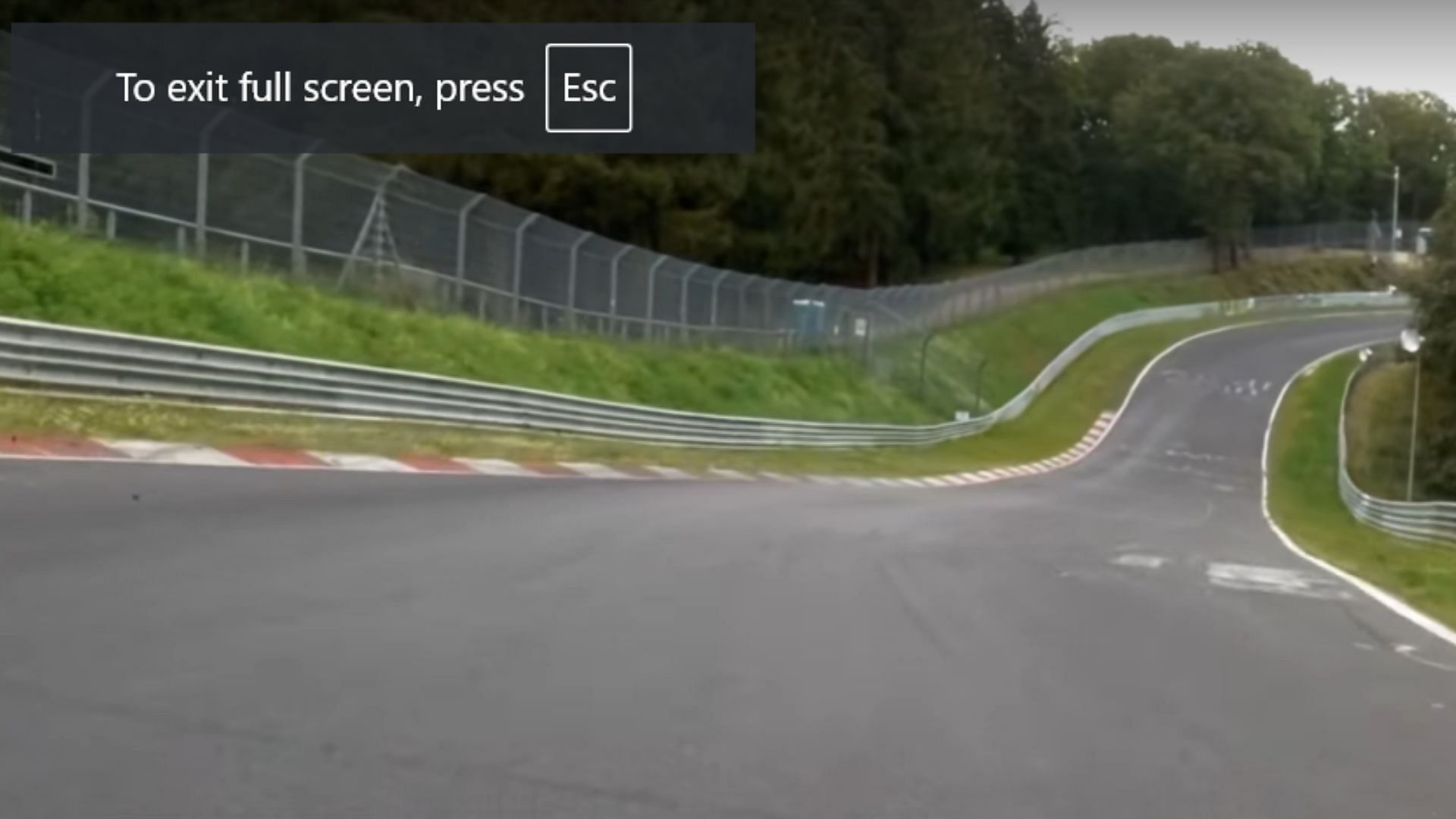
Aremberg is a sharp right-hand corner following Schwedenkreuz, requiring heavy braking from speeds of around 143 mph down to about 50 mph. This corner is particularly tricky when it's raining and can easily catch you off-guard as you have to practically health the car due to its extremely narrow width.
Fuchsröhre
The Fuchsröhre ("Foxhole") is one of the most exhilarating sections of the Nürburgring. You’ll experience extreme G-forces as you dive downhill at speeds up to 162 mph, only to then compress hard as the car bottoms out. Maintaining full throttle through the compression is key to maximizing speed.
Adenauer Forst
Adenauer Forst is a tight chicane that comes up very quickly after the high-speed Fuchsröhre. Here, you’ll need to brake hard and downshift, as the speed drops from around 137 mph to under 50 mph. This section is notorious for drivers overshooting the braking point, leading to mistakes or spins.
Metzgesfeld
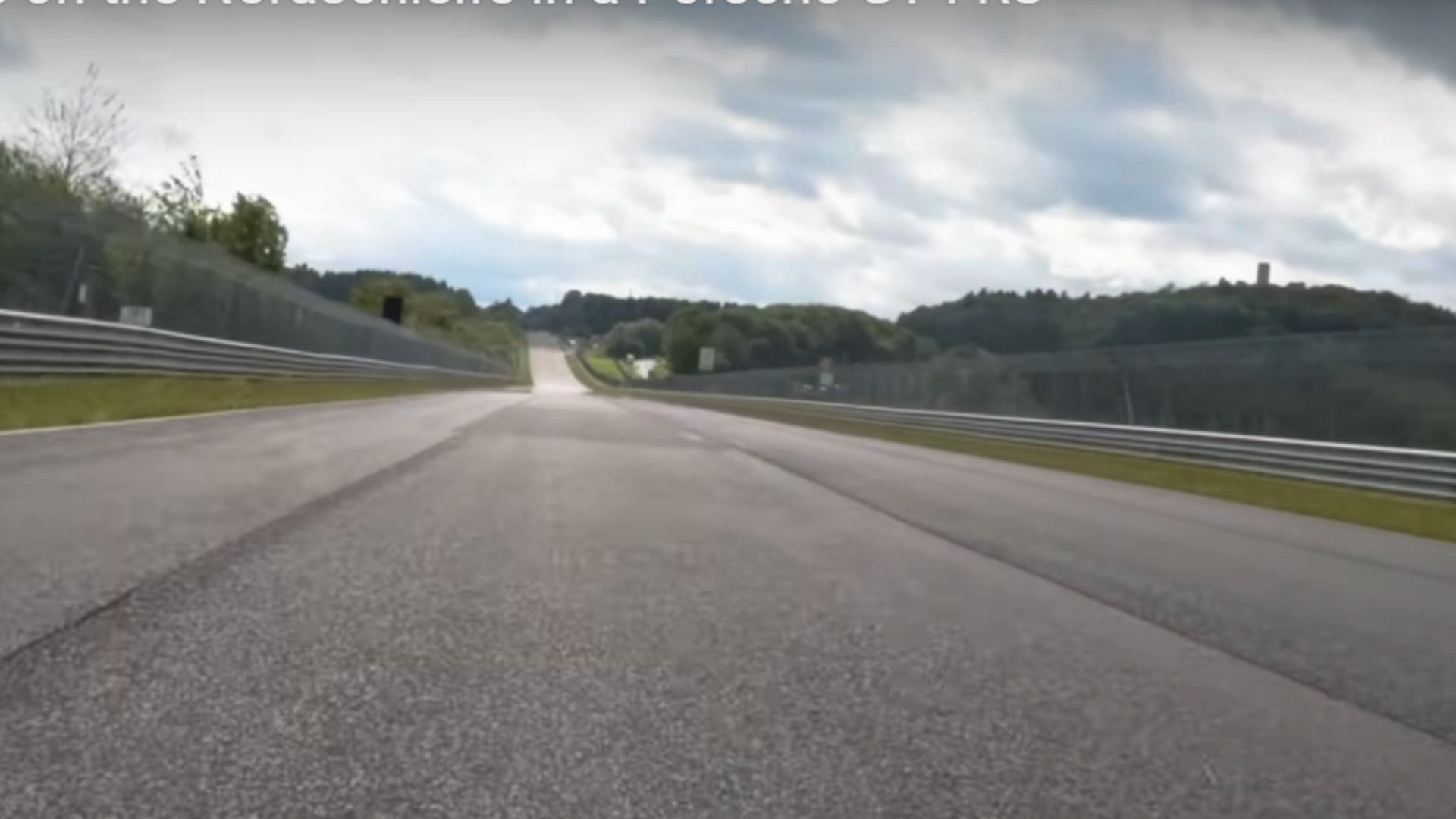
Metzgesfeld is a medium-speed corner. You’ll be entering at around 87 mph and need to be smooth with your steering inputs to maintain speed through the bends. It’s one of the quieter sections of the track but still demands attention to avoid understeer.
Kallenhard
A sharp right-hand corner that demands heavy braking from around 99 mph down to about 43 mph. Kallenhard is often slippery due to tree cover, which makes it difficult to judge braking points. A clean exit here is critical, as the next few sections are fast.
The guy I was with told me that instructors also call the exit Miss-Hit-Miss. You have to miss the first, hit the second, and miss the third apex for the next corner.
Also Read- Top 10 Fastest Porsches On Nürburgring Nordschleife
Wehrseifen
Wehrseifen is a hairpin turn and the slowest on the Nürburgring. You need to drop from 75 mph to around 25 mph. This corner has limited grip, especially in the wet, making it easy to lock the wheels under braking. Exiting cleanly allows you to gain momentum for the climb that follows.
Part II of this guide can be found here
Write a comment
Comments
No Comments Yet








